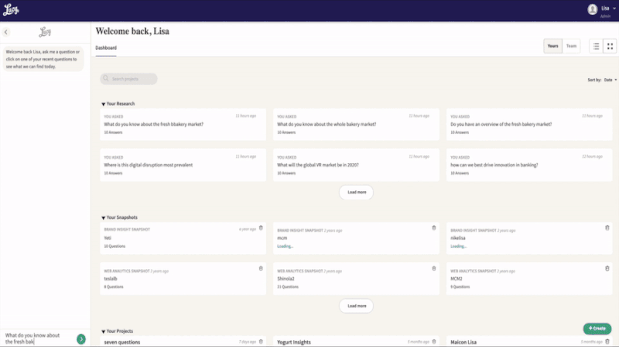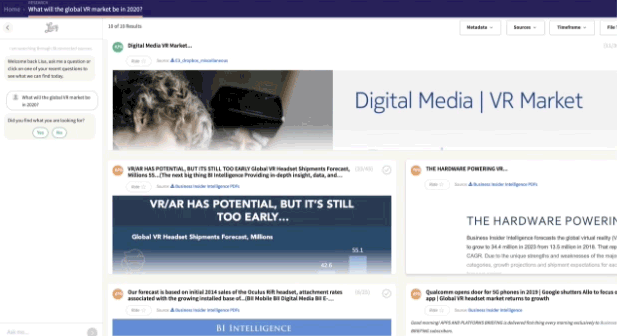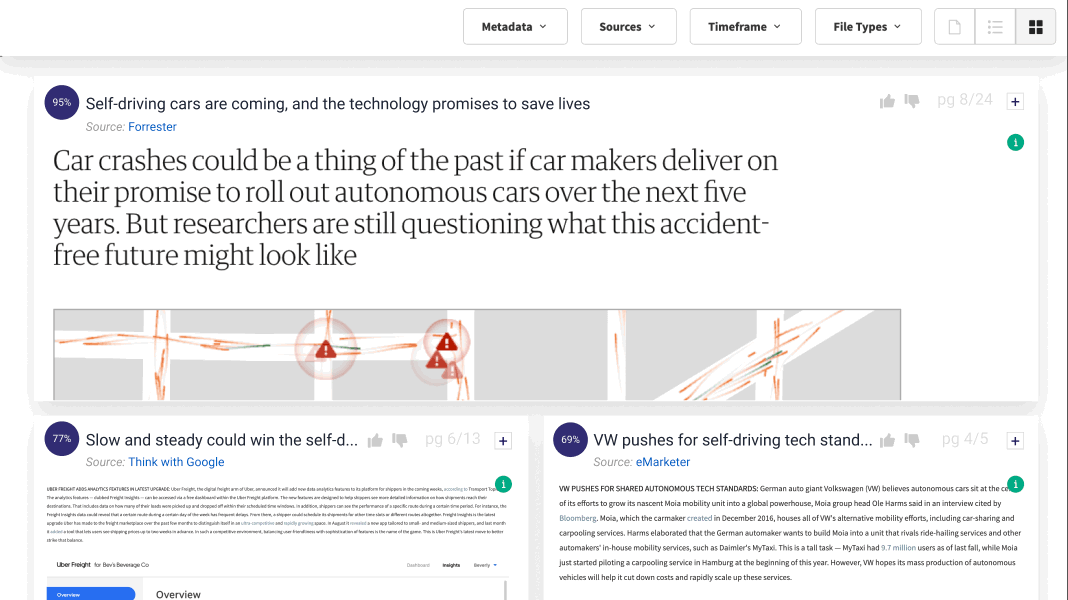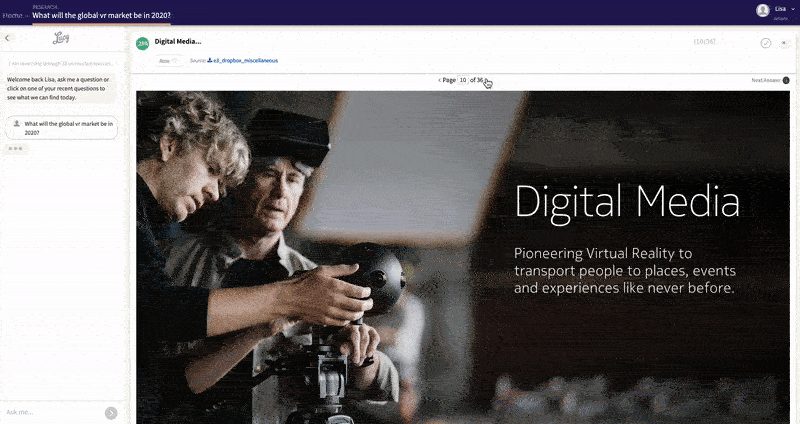One of the things that makes working on Lucy’s team so exciting is being able to see a few years into the future of our industry. In my previous position as a brand manager, I labored to create messages that would resonate in just the right way with their intended audiences. We did our best, using the data we had such as transaction history and web pages viewed, to form an idea of our different customer segments so we could speak to each in a personalized voice. Some of what we did was guesswork, and a lot of it missed the mark because we had no tool for personalizing messages around what would resonate on a mass scale. Lucy is that tool. If I were still working as a brand manager today, I would insist at having her at my side.
Lucy’s genius Personality Insights feature is a huge asset for a company, because with her insights, messages resonate to a degree never before possible. With Lucy’s guidance, brands can tailor blog posts, digital campaigns, email blasts—every type of creative—to speak directly to the intended customer, reflecting back their values, needs, vocabulary, and interests.
Brands can take full advantage of our data-rich era using Lucy to analyze audiences. Think about how many different sources of information are available today: Tweets from every customer that follows your brand on Twitter. Images on Instagram from every one of your IG followers. And that’s just the communication your audience has created for the general public! We’re also gifted with a wealth of info from private sources like CRM data and your brands Facebook page. It’s too much for a human to intake, but Lucy connects with all these sources when you bring her on board, and dives deep when you ask for her help with audience segmentation.
Lucy notices consumption preferences: movies, books, music, magazines, civic engagement. She tracks what sorts of entertainment engages each individual, and notes what activities/genres are going ignored by them. Do they click on banner ads? What if you could run a Myers-Briggs test on your audience? What if you could have them analyzed by Carl Jung? Lucy takes her knowledge of personality traits and human archetypes (the Magician, the Jester, the Hero, the Sage, etc.) to build a model of your brand’s audience.
For a marketer, it’s an incredibly detailed revelation. If Lucy tells you that your most frequent customer archetype is “the Rebel,” you immediately know what excites, entices, and yes—what pushes this type away. And she doesn’t limit herself to the dominant archetype—Lucy is engineered to give you precision insights into multiple sections of your audience. So she tells you the archetype of the other specific demographics that have completely different tastes than your “Rebels.” After all, your brand might be attractive to a range of people for unrelated reasons. Lucy recognizes these segments and analyzes each one: What do they value? What speaks to them? What themes engage them?
She allows you to track their personality traits—52 different qualities, a finely-drawn portrait of character. Every phrase, sentence, and post goes into her calculation. You can break down the needs, values, and consumption preferences of your precise archetypes: What words do they use when talking about themselves?
The results give Lucy’s brand partners the keys to building messages that speak to audiences in their own language. In fact, using Lucy’s insights on archetypes, your brand can design various messages aimed at reflecting the values and concerns of every specific segment.
And Lucy’s capacities push the utility of the function even farther. She takes her models and returns to social media with it so she can find additional individuals who possess the same audience profile. Brands can use this to look for attract and engage new prospects. Lucy can guide you in exporting social data that you can then send to a social media buying platform and run look-alikes against it to expand the audience and run campaigns for each archetype.
She can do the same thing using CRM data if she’s given contacts where you have captured at least 1,000 words of text such as email responses or social profiles. Her analysis creates an attribute label, linked to an individual name, that can be exported back into the CRM. The attribute label can then be used to guide your marketing automation for greater personalization.
I’m blown away every day by how much Lucy can teach brands about their audiences, and about the next steps for applying machine learning to audience segmentation. Some brands are starting to work with Lucy to build customized archetypes—rather than one of Jung's 12—from a group of targeted Twitter accounts. And in the future, she’ll be able to give feedback on the resonance of proposed messaging, allowing marketers to see if elements of their content (like adjectives, verbs, and imagery) will connect with chosen archetypes. Advancements like Lucy become adopted rapidly once the secret gets out, and my experience tells me it won't be very long before AI assistance is the new standard—but right now, it's still thrilling to be a part of the revolution Lucy represents.










